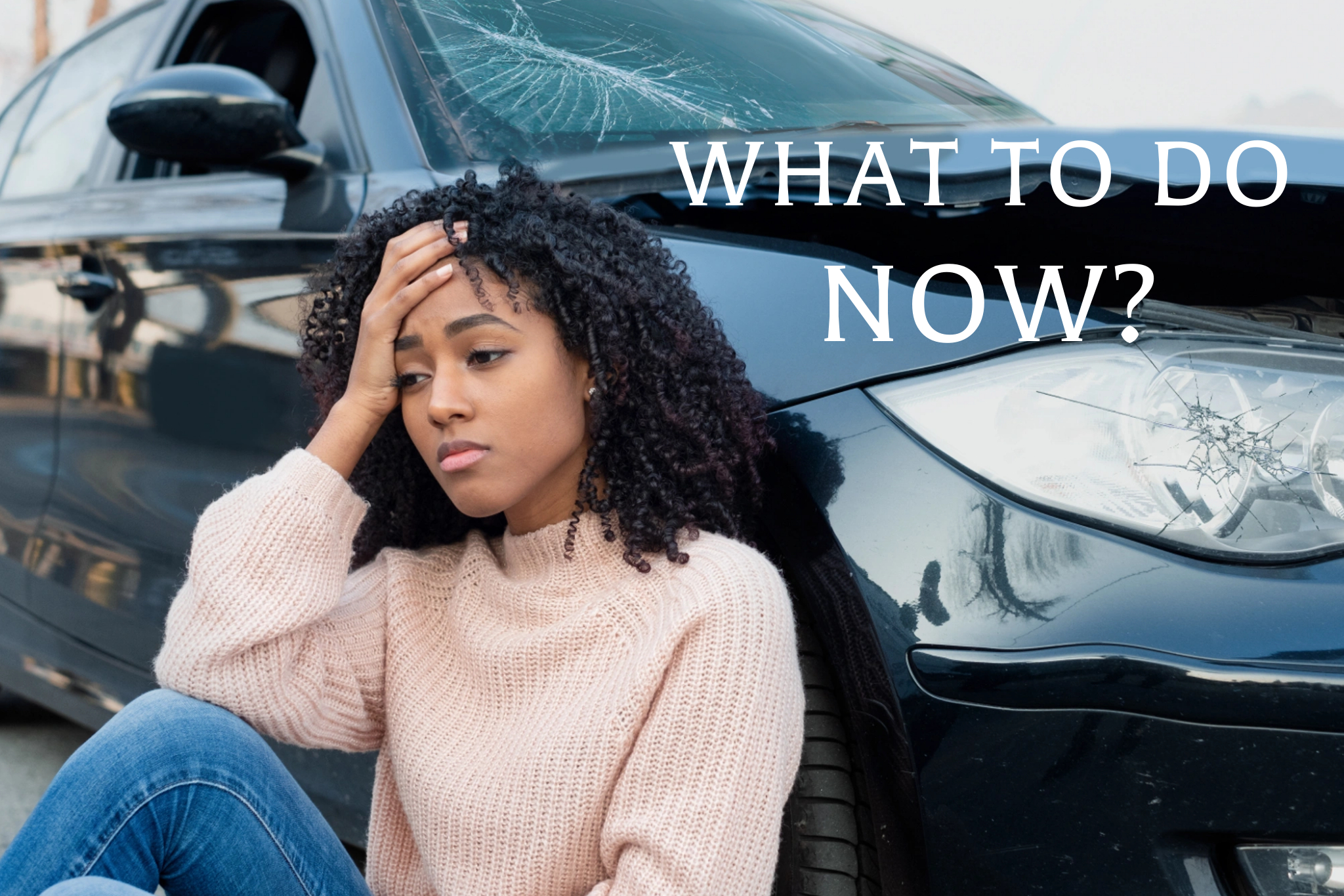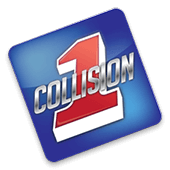
If you plan to have Collision 1 handle this. After your medical evaluation, simply call Collision 1
A car accident can instantly thrust you into chaos, leaving you shaken and unsure of what to do next. For drivers in Washington State, knowing the right immediate steps after a collision is crucial to ensure your safety, protect your rights, and streamline the recovery process. This essential guide from Collision 1 is designed to keep you calm and help you get back on track fast.
Keep this critical information handy—it provides immediate direction after you’ve handled initial safety and emergency responders have been contacted. Once the scene is secured and urgent needs are met, contacting Collision 1 in Bonney Lake, Auburn, or Centralia can provide crucial support for a smoother vehicle recovery.
Essential Steps to Take After a Car Accident:
Step 1: Ensure Safety & Check for Injuries
Your top priority is safety. Immediately check yourself and all occupants for injuries. If anyone is hurt, call **911** for emergency medical assistance without delay. Do not attempt to move seriously injured individuals unless there’s an urgent danger like fire or imminent traffic hazard.
If your vehicle is drivable, carefully move it to the shoulder or a safe, nearby parking area, out of the flow of traffic. Turn on your hazard lights. If your car is not drivable, leave it where it is and move yourself and passengers to a secure location away from traffic.
Step 2: Call the Police About the Accident
In Washington State, you are required to report a car accident to the police if:
- Anyone is injured or killed.
- Total property damage (to all vehicles/property) appears to exceed **$1,000**.
- A driver involved appears impaired or leaves the scene.
Even for minor incidents not meeting these thresholds, calling the police is often advisable for official documentation. Ask the responding officer for their name, badge number, and the **case number**. You will need this for your insurance claim and your auto body repair shop.
Step 3: Exchange Information with Other Drivers
Once safe, gather essential details from all other drivers involved:
- Full name, phone number, and address
- Driver’s license number
- Vehicle make, model, and license plate number
- Insurance company name and policy number
- Names and contact information of any eyewitnesses
Important: Do NOT admit fault, apologize, or discuss blame at the scene. Stick strictly to exchanging factual information.
Step 4: Document the Accident Scene Thoroughly
Details are critical for your insurance claim and repair process. If it’s safe to do so, use your smartphone to take comprehensive photos and videos:
- Vehicle Damage: Capture all damage to every vehicle involved from multiple angles (close-ups and wider shots).
- Overall Scene: Photograph the entire scene, including road conditions, traffic signals, skid marks, debris, and any relevant landmarks.
- Injuries: Take photos of any visible injuries.
- Documents: Take clear pictures of driver’s licenses, insurance cards, and license plates.
Note the exact date, time, and location of the accident.
Step 5: File a Washington State Collision Report (If No Officer Responds)
If a law enforcement officer does not respond to the scene and your accident meets the reporting criteria (injury/death or property damage over $1,000), Washington State law requires you to file a collision report yourself within four days of the incident.
You can file it online through the Washington State Patrol (WSP) website: www.wsp.wa.gov
Step 6: Notify Your Insurance Company
Contact your insurance provider as soon as possible, (Even if you believe you are not at fault. Provide them with all the details you’ve collected, including the police report number if available. Your insurer will guide you through the claims process and can help arrange towing or a rental car.
Collision 1 can help: As experts in collision repair and insurance claims, we can assist with communicating directly with your insurance provider, helping to keep the process moving smoothly in your favor. We can also submit claims. If you plan to have Collision 1 handle the insurance claim. After your medical evaluation, simply call Collision 1. We can help.
Step 7: Get a Medical Evaluation
Not all injuries are immediately apparent after an accident. Adrenaline can mask symptoms like whiplash, neck pain, headaches, dizziness, or muscle stiffness. It is highly recommended to get checked by a medical professional soon after an accident, even if you feel fine.
Important: Save all your medical records and receipts. This documentation is crucial if you need to file a personal injury claim later.
Step 8: Choose a Reputable Auto Body Repair Shop (Contact Collision 1)
After an accident, selecting the right auto body shop is critical for quality repairs and a hassle-free experience. For drivers in Bonney Lake, Auburn, or Centralia, Collision 1 is your trusted partner.
Contacting Collision 1 provides immediate support:
- We can help arrange a rental car or shuttle service on the spot.
- We coordinate directly with your insurance, saving you time and hassle.
- We can safely tow your car to our shop if needed.
- Our certified technicians use factory-grade parts for high-quality collision repair.
- We guide you through the entire repair process with real communication and fast turnaround times.
If it’s after our business hours or you’re outside our service areas, contact another trusted auto body collision repair shop for immediate assistance with towing and initial guidance.
Final Tip: Be Prepared to Stress Less Later
Keep this checklist handy—consider downloading and printing it. Make sure every driver in your household, especially teens, knows these steps and who to call for collision repair. Collision 1 isn’t just a body shop; we’re your partner when things go wrong on the road, dedicated to making it “Auto Body Like it Never Happened”
Disclaimer: This guide is provided for informational purposes only and does not constitute legal advice. While we strive for accuracy regarding Washington State laws and procedures after a car accident, laws can change, and individual circumstances vary. You should consult a licensed attorney or appropriate authorities for advice specific to your situation. Collision 1 and the authors of this guide do not assume any liability for actions taken based on this content.






